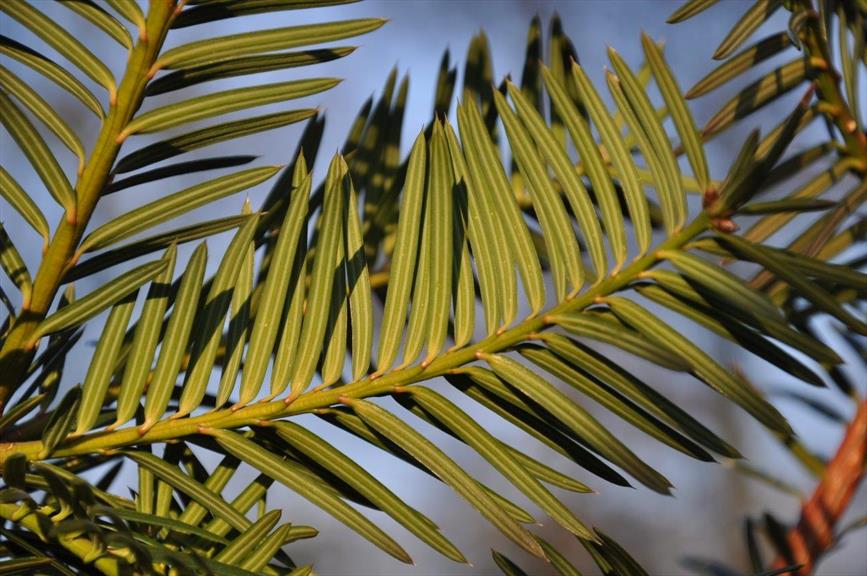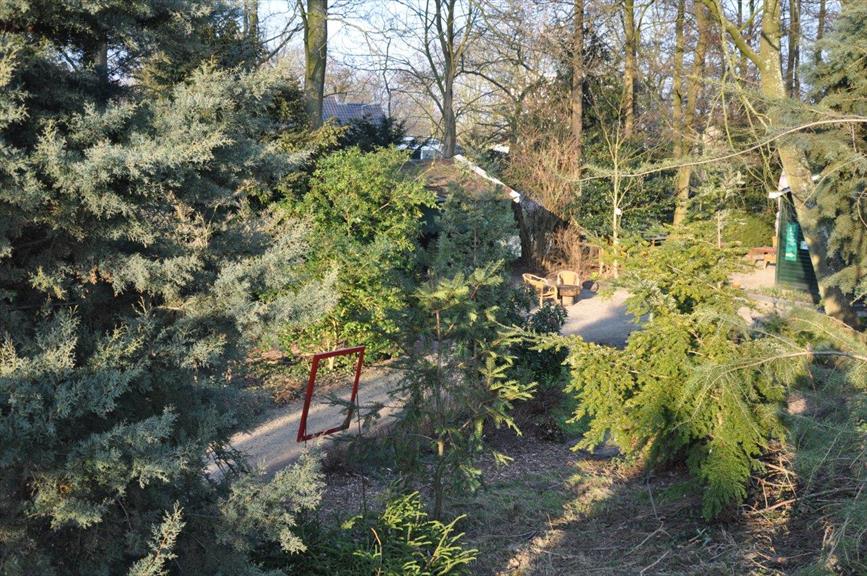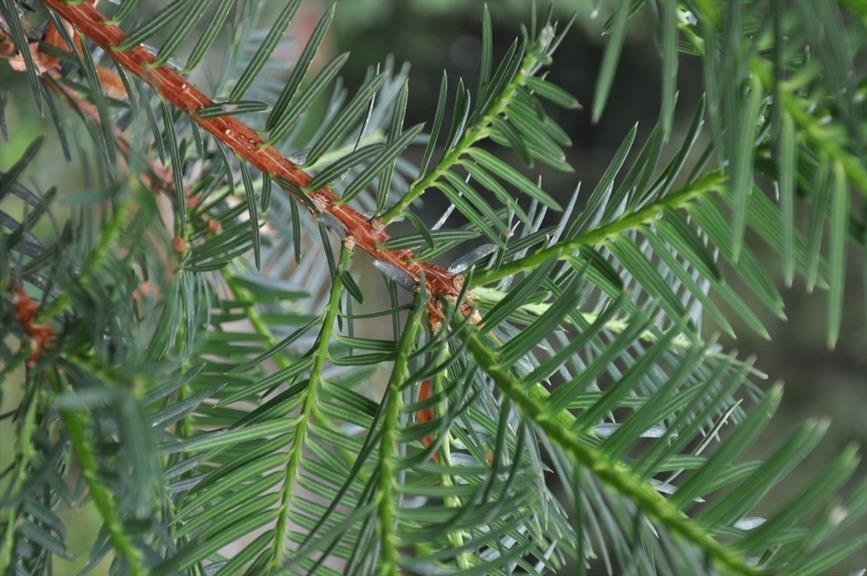Stinking Cedar
Torreya taxifolia
Yew family (Taxaceae)
Extinction seems inevitable
The Florida torreya is a dioecious conifer that can grow up to 18 m in height. When bruised, the leaves give off a pungent odour. The male cones are light yellow.
The plant was discovered in 1835 and in 1838 Arnott named the genus after the botanist John Torrey (1796-1873).
In the 20th century this species was widely harvested for construction, firewood for steam ships and as a Christmas tree. After 1950 the species became exceedingly rare.
Read more.... »Themes
During the 20th century Torreya was extensively harvested for construction material and as fuel for steamships. After 1950 it became too rare to be exploited further.
Leaves release a strong aroma when crushed.
Details
| Description: | Conifer, up to 18 m, dioecious. |
|---|---|
| Distributions: | North america |
| Habitat: | On limestone soils along the apalachicola river. mostly in the shade within wooded ravines. the climate is hot and humid, with sporadic light winters. |
| Year cycle: | Perennial (polycarpic evergreen) |
| Hardiness: | 23 - 34 f (half-hardy - unheated glasshouse/mild winter) |
| Flower color: | White, yellow |
| Notes on flowers: | Pale yellow |


